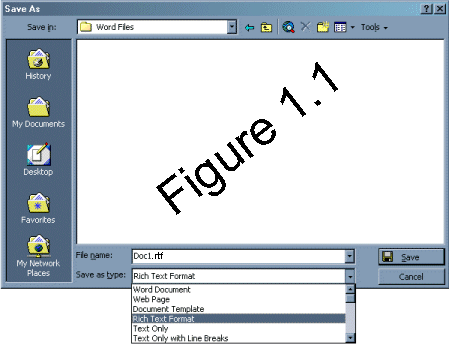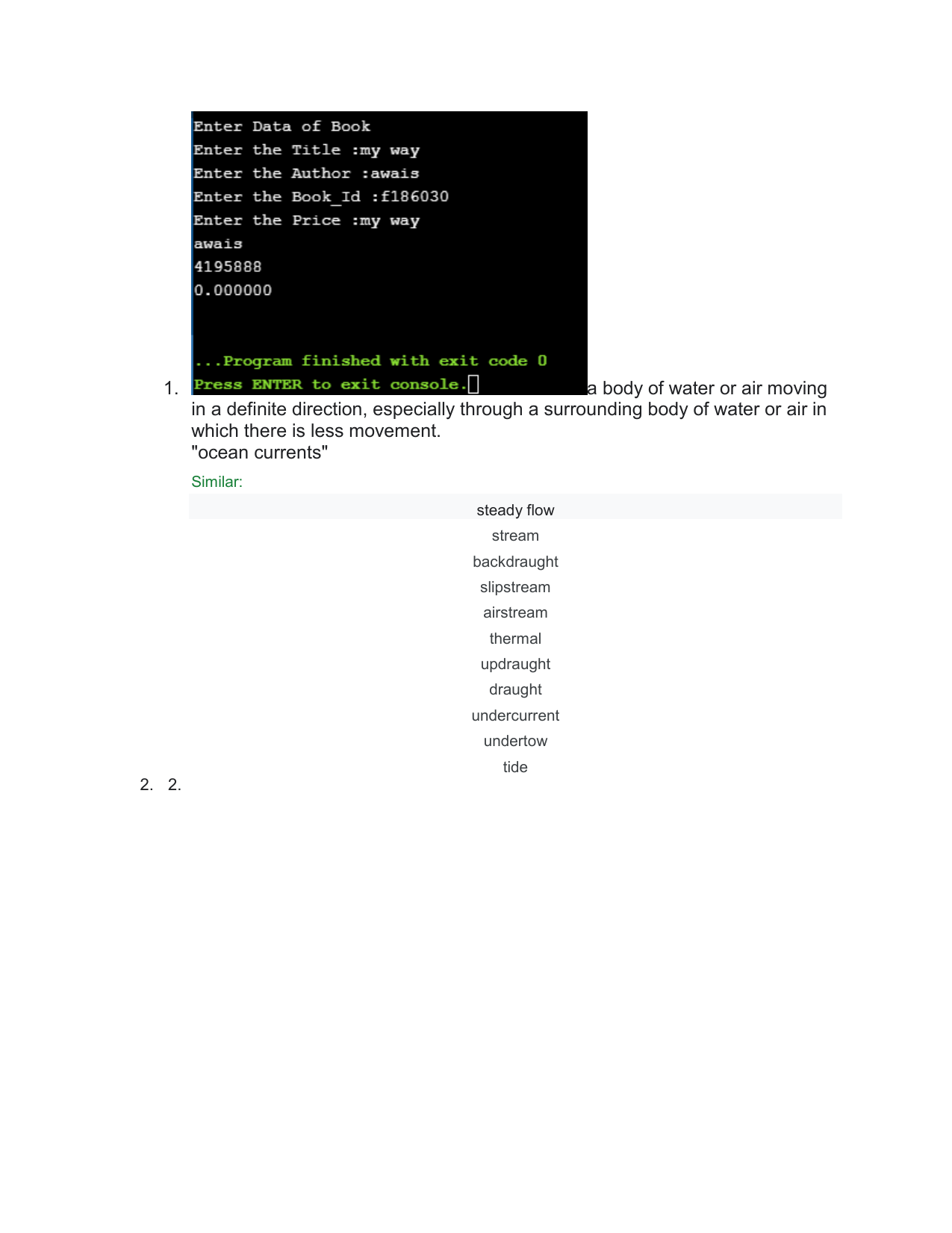
The delimiter can be any character that does not appear in the field values, such as a comma or semi-colon. The Export Wizard creates the following types of text files:ĭelimited files In a delimited file, each record appears on its own line, and the fields are separated by a single character called the delimiter. If you choose to export formatted data, Access tries to approximate the layout of the source object. If you choose to ignore formatting, you have the option of creating a delimited text file or fixed-width text file. When you export tables and queries, you have the option of exporting the entire object, or only the data without any additional formatting.Īt the end of the operation, Access creates a text file (*.txt).

You can also export a selected portion of a datasheet view. You can export tables, queries, forms, and reports as text files. In that case, if the destination program can use text (.txt) files, you can export your data in that format and open the resulting file with the second program. However, you might need to export data to a program that uses a file format that Access does not support. You can export data from Access in a variety of formats, including Excel, Word, and SharePoint lists. Troubleshoot missing and incorrect values in a text file
#Rich text file how to
This topic explains how to export text files by using the Export Wizard in Microsoft Access. The subsequent digital sequence is then delimited by any character other than an ASCII digit (commonly another control word that begins with a backslash).Access for Microsoft 365 Access 2021 Access 2019 Access 2016 Access 2013 Access 2010 Access 2007 More.
#Rich text file code
A standard RTF file consists of ASCII to represent rich text and with non-ASCII characters that is converted to appropriate code values. This is achieved using control words that were introduced by Microsoft Office Word up through 2007.
#Rich text file software
RTF serves as a standard of data transfer between word processing software and transfer of content from one operating system to another. At present, almost all operating systems have more feature rich applications that have minimized/eradicated the use of RTF file format. No more enhancements to the specifications are made after this.


The final version of specifications, 1.9.1 was published by Microsoft in Mar 2008. Its official version for read/write was published as part of Microsoft Word 3.0 for Macintosh with version 1.0 specifications. RTF file format has underwent several revisions since its publication.

The file format specifications are available by Microsoft for public download and can be referred to from developer’s perspective. This capability makes it a standard of data transfer between word processing software and, hence, contents can be transferred from one operating system to another without losing document formatting. The format facilitates cross-platform document exchange with other Microsoft Products, thus serving the purpose of interoperability. Introduced and documented by Microsoft, the Rich Text Format ( RTF) represents a method of encoding formatted text and graphics for use within applications.


 0 kommentar(er)
0 kommentar(er)
